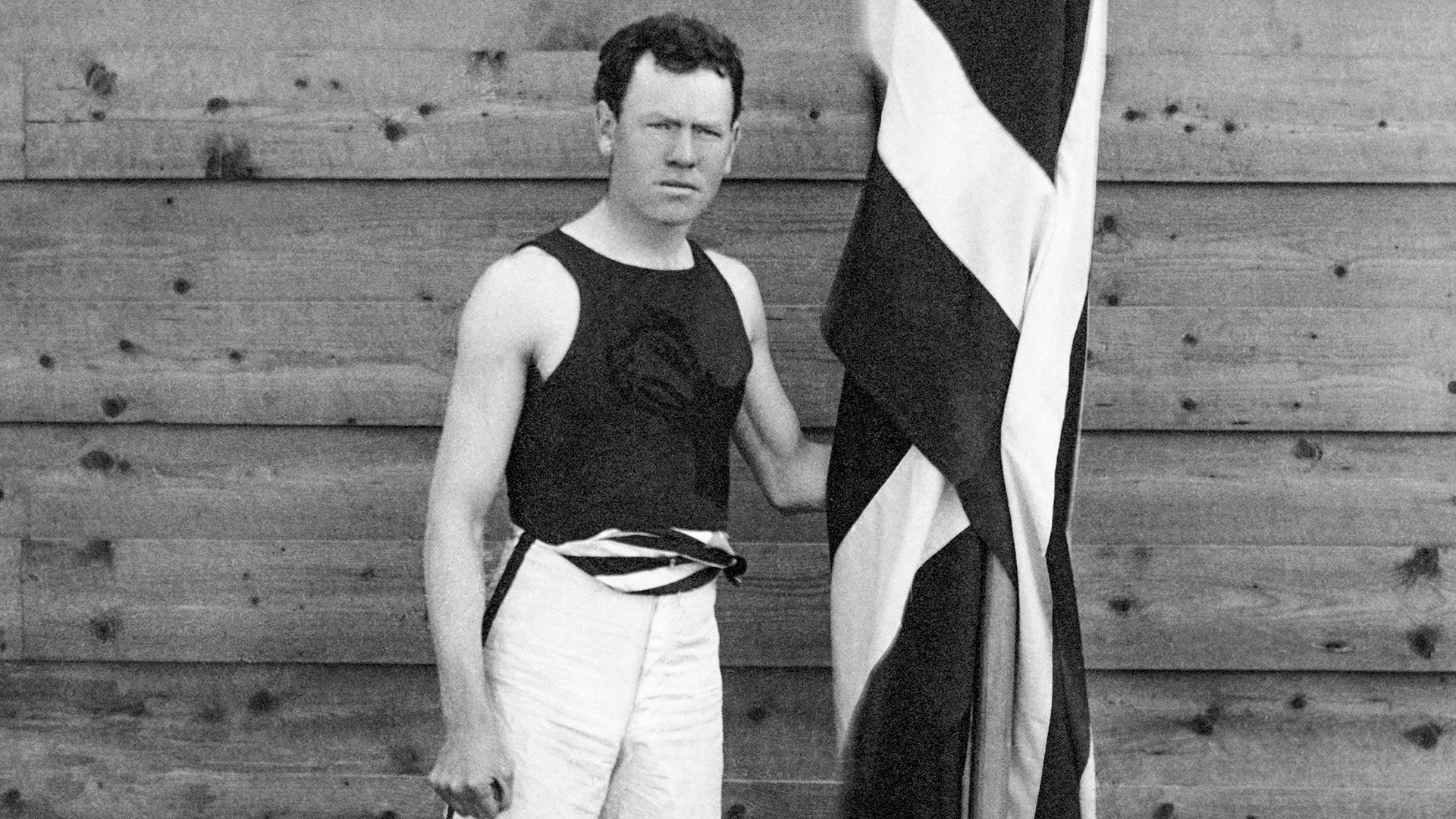
James Connolly was an unlikely U.S. Olympic hero
With a technique he had not used since his youth, James Connolly finished first in the triple jump at Athens 1896.
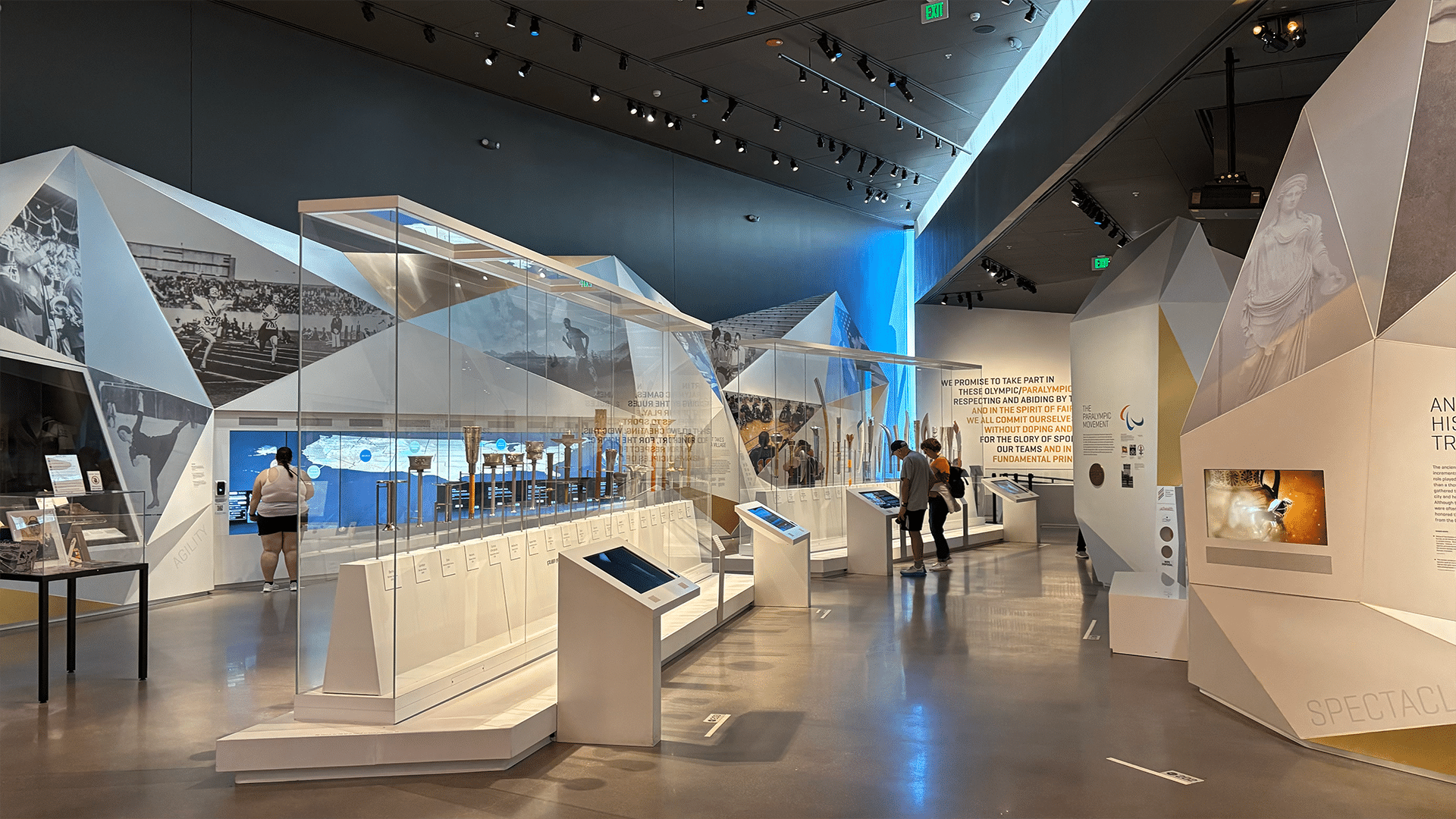
The U.S. Olympic & Paralympic Museum is designed in a narrative arc, telling the stories of Team USA’s greatest athletes. Like any story, the best place to start is at the beginning.
Our first gallery — Introduction to the Games — starts at the beginning of the Olympic and Paralympic movements, nearly 3,000 years ago. You will learn about the ancient Olympics as well as the origins of the modern Olympic and Paralympic Games.
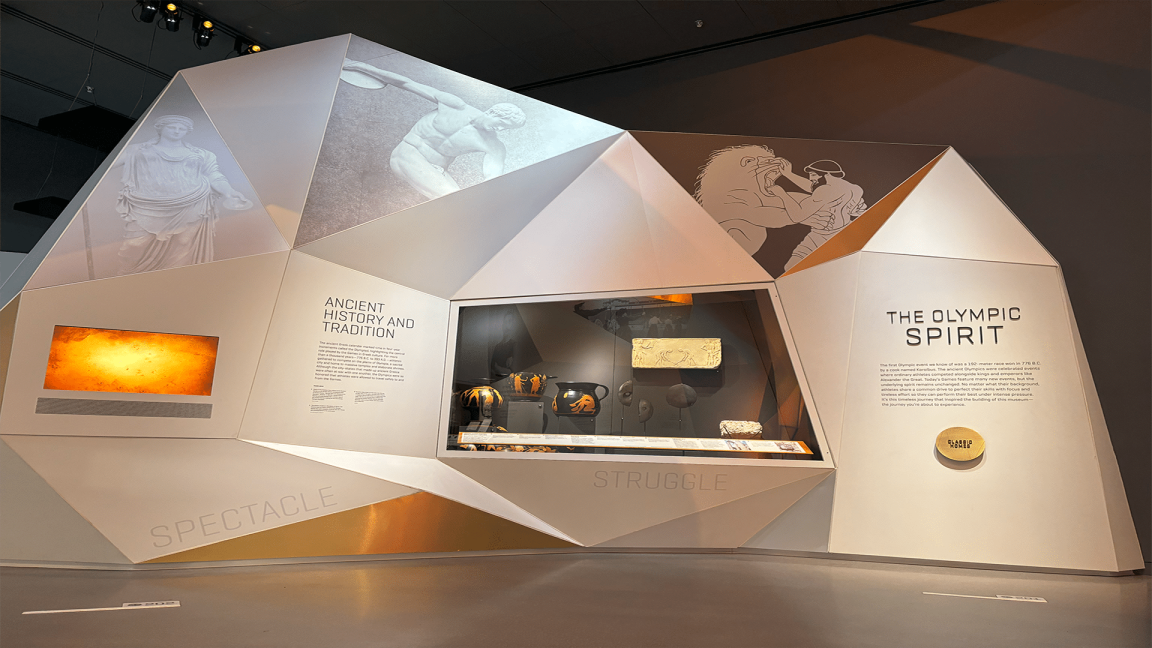
You can learn about the 8th-century B.C. Olympic Games events to the 21st-century A.D. Olympic Games technology and everything in between at the U.S. Olympic & Paralympic Museum.
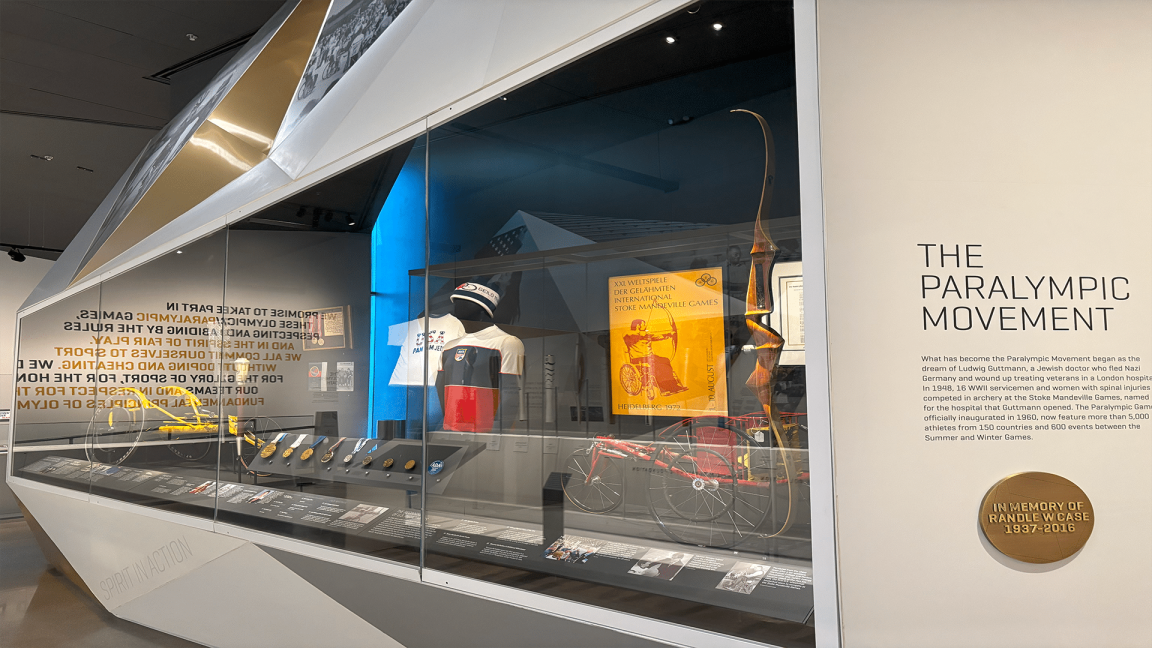
You will take an athlete’s journey through the greatest sporting event in history and experience Pierre de Coubertin’s empowering words, “The most important thing is not winning but taking part.”
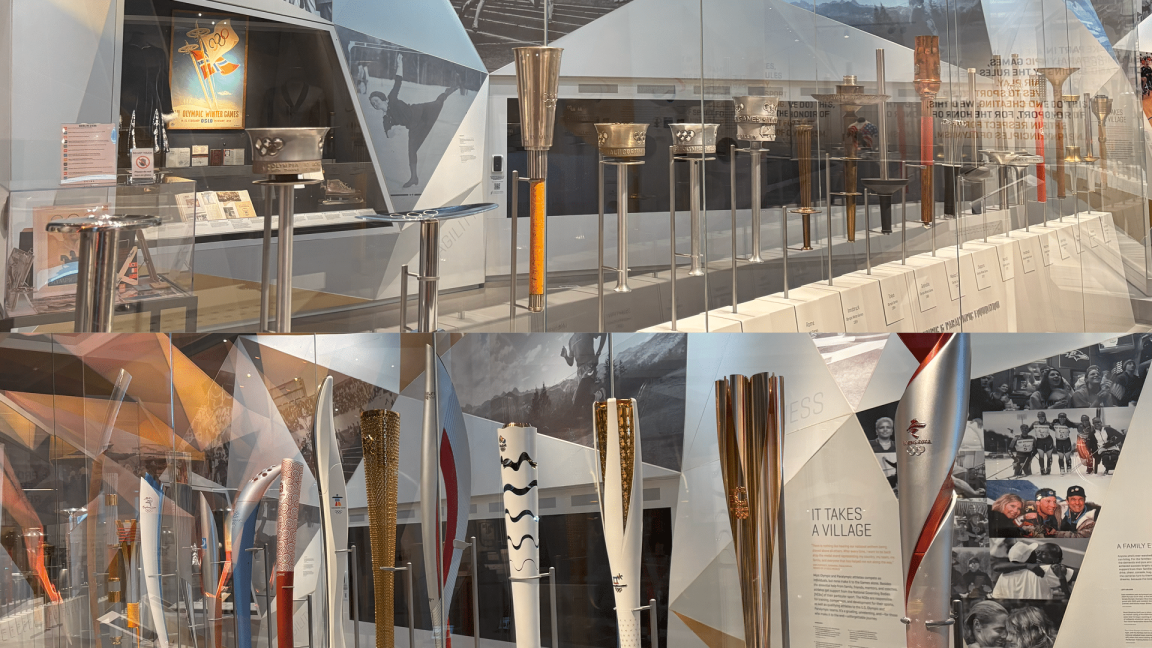
Just like at the Games, the Olympic torches sit center stage, showing the evolution of designs and cultures throughout the Games’ history.
The first appearance of the Olympic torch did not take place until the 1936 Berlin Games. Today, the Olympic Torch Relay and Paralympic Torch Relay are events themselves. With great honor, these torches are carried to each host city. Visitors can see a complete collection of Olympic torches on exhibit.
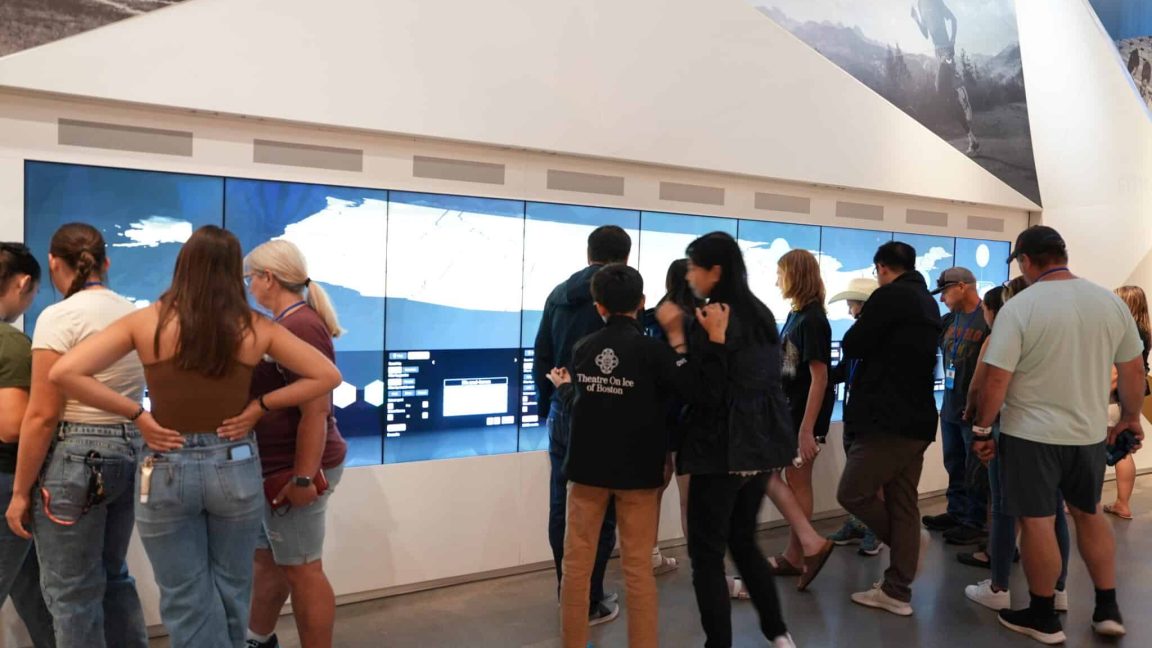
You may wonder if there are any Olympic athletes from your home state, or if there are any Paralympic athletes that graduated from your alma mater. Thankfully, the USOPM has the solution. With the help of the comprehensive, interactive athlete map, guests can learn everything they want to know about each Team USA athlete throughout history.
Since the U.S. first appeared in the Olympics in 1896, Team USA has had more than 12,000 athletes compete at the Games.
You can see more than just a competitor’s home state on the interactive athlete maps. Users can be as specific as an athlete’s alma mater or hometown!
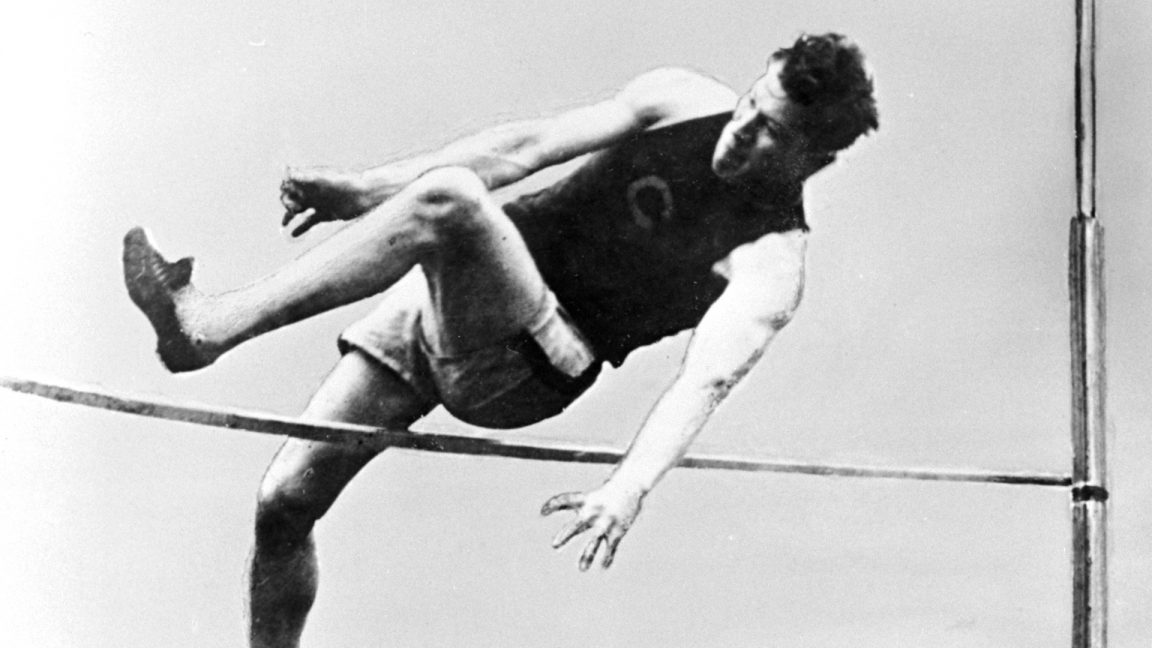
Jim Thorpe was the first Native American to win an Olympic gold medal for the United States, sweeping the pentathlon and decathlon at the Stockholm 1912 Olympic Games.
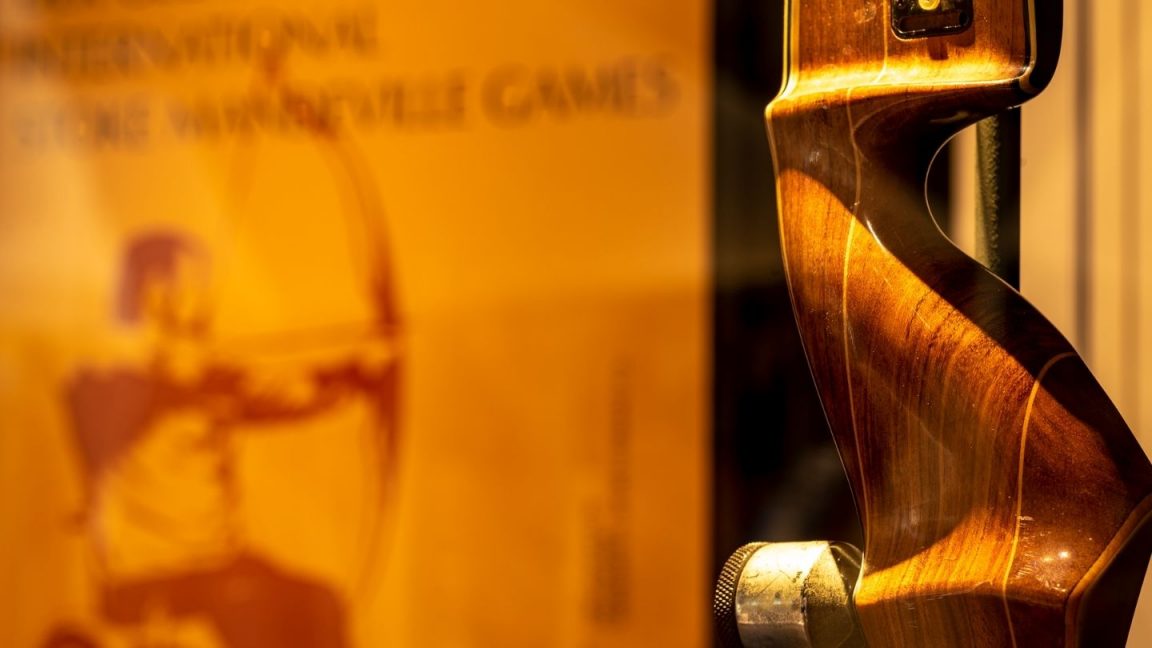
Jack Whitman, known as the father of wheelchair archery, won Team USA’s first Paralympic gold and became a symbol of resilience and greatness.

With a technique he had not used since his youth, James Connolly finished first in the triple jump at Athens 1896.
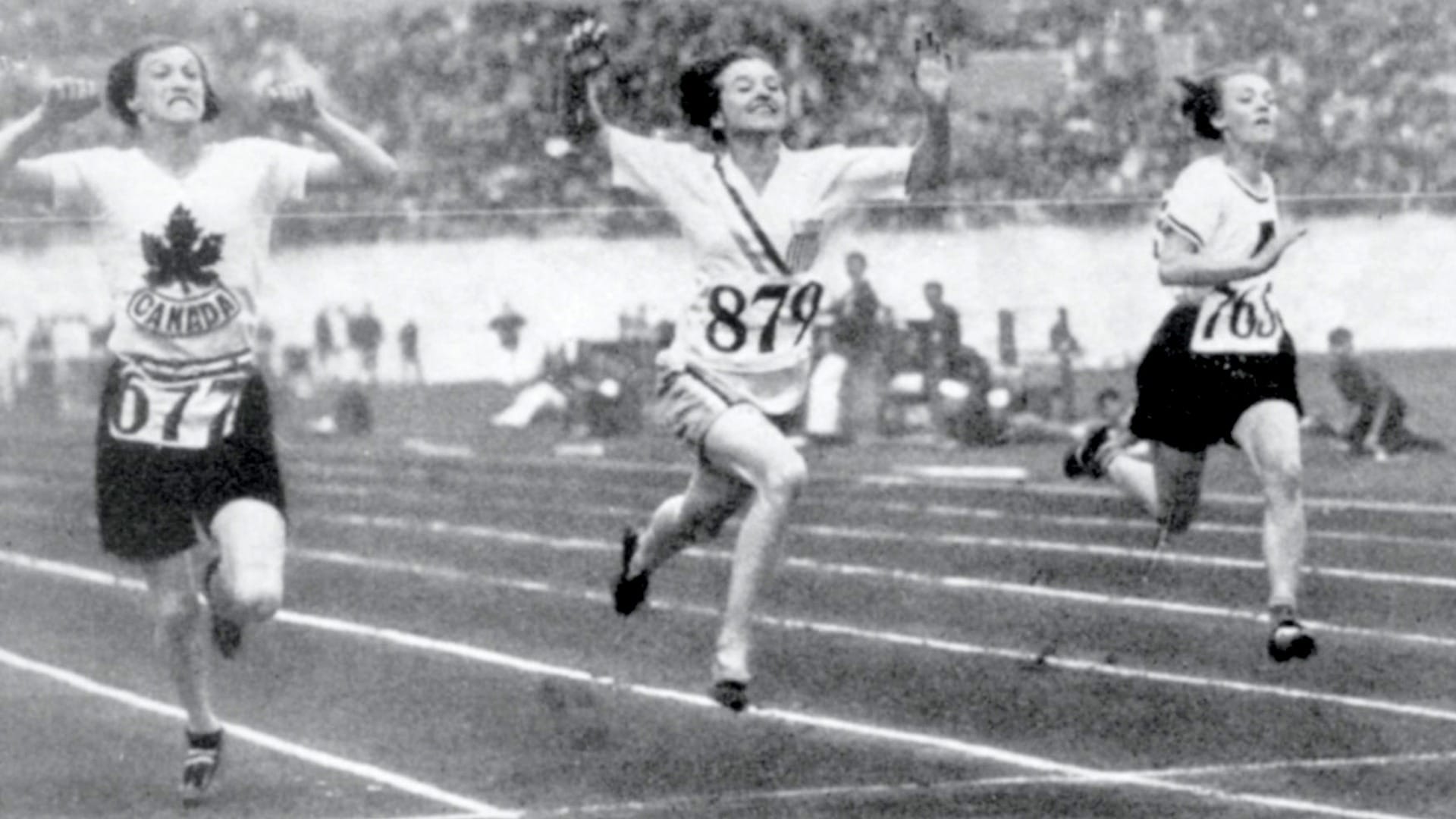
Betty Robinson was humble and usually showed her Olympic medals only when asked, but now they will be on display at the U.S. Olympic & Paralympic Museum.
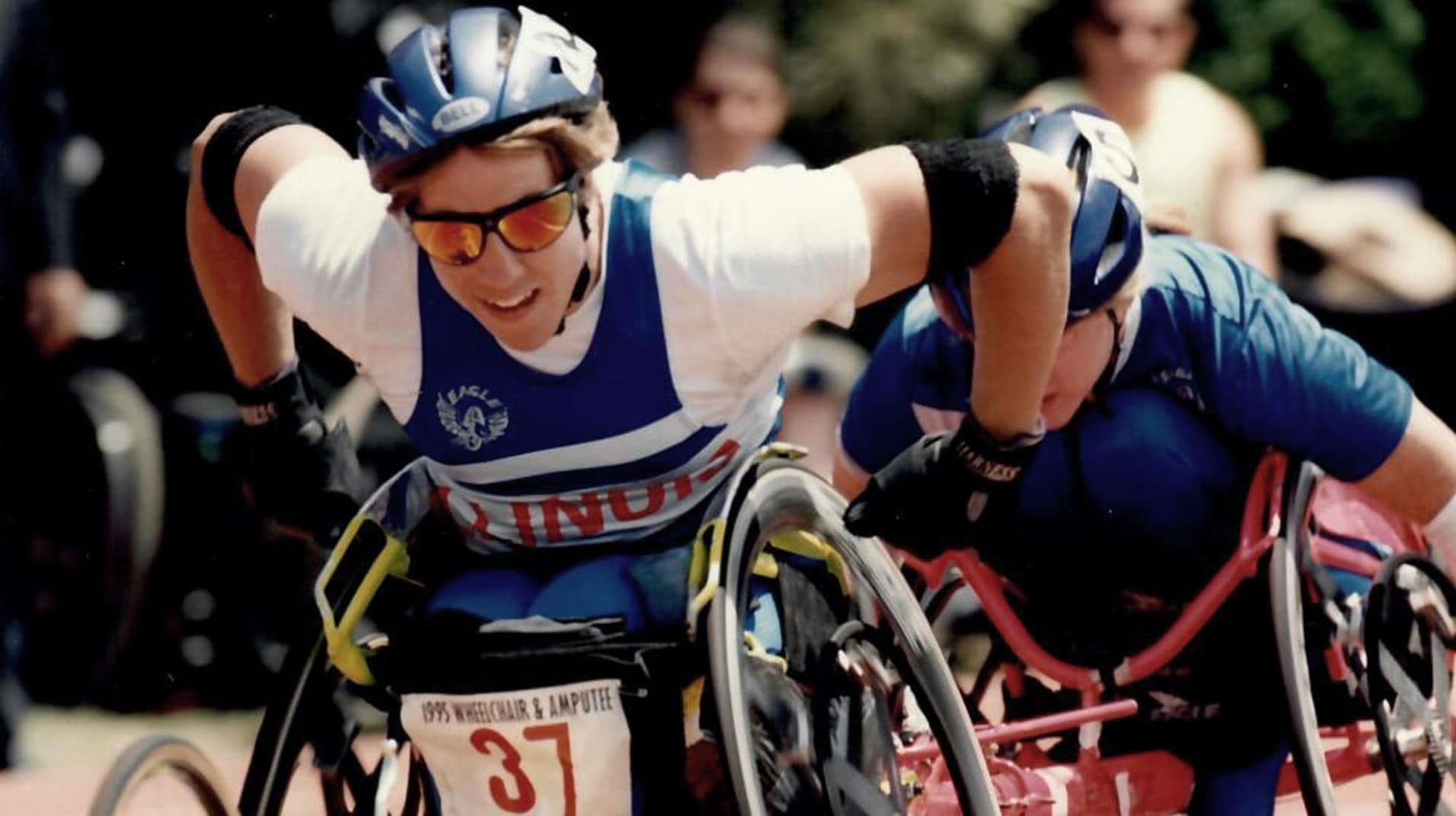
Jean Driscoll got into wheelchair racing in college and became a five-time Paralympic gold medalist. She won two gold medals in the marathon and also won seven consecutive Boston Marathons.
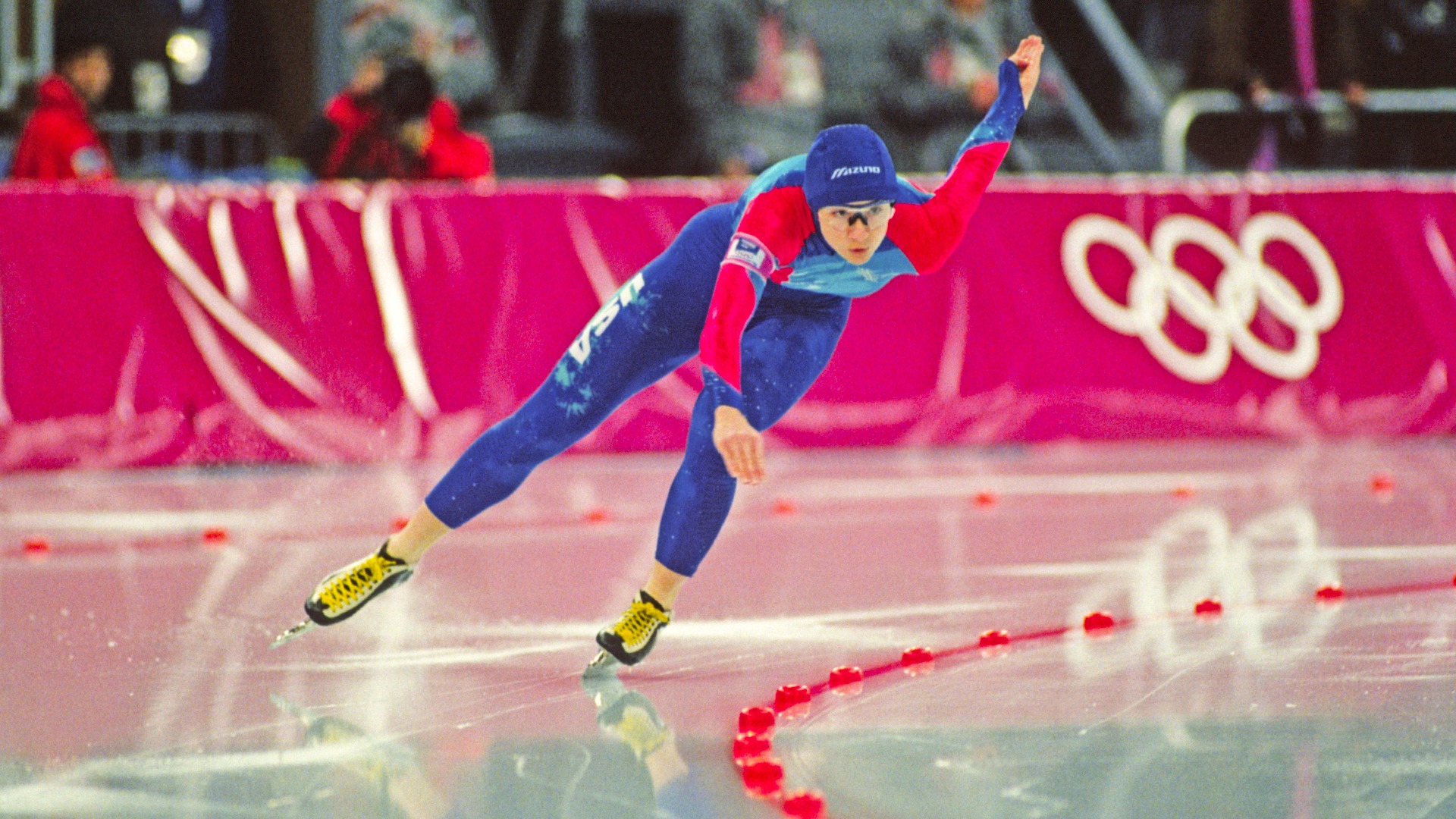
Speedskater Bonnie Blair was well known for her throng of family and friends and she gave them plenty to cheer about, winning five gold medals and one bronze over four Olympic Winter Games.